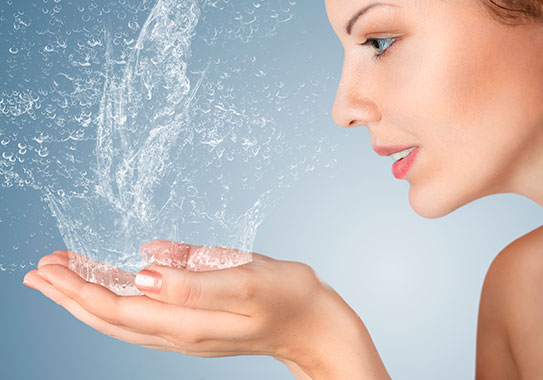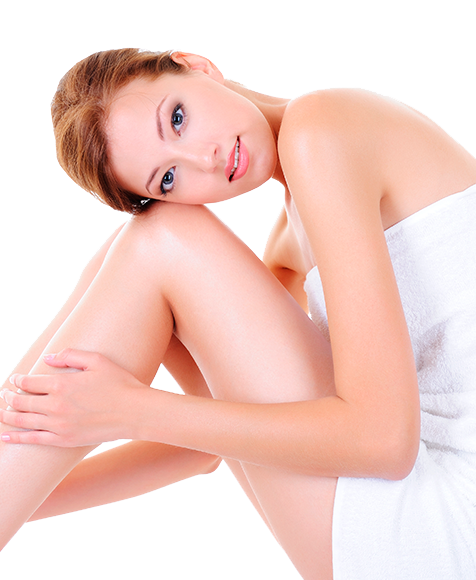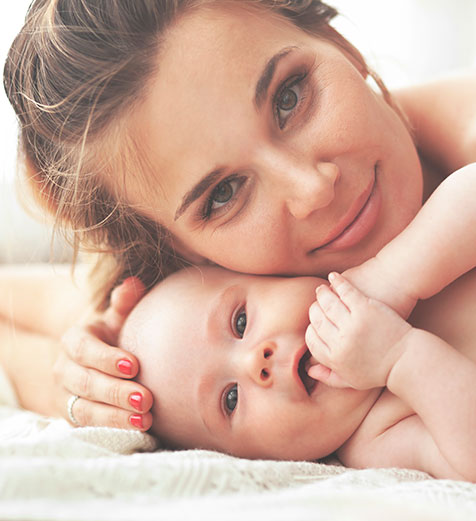Atopic dermatitis is defined as a hypersensitivity of the skin and mucous membranes against certain substances, as well as a chronic and intermittent inflammatory skin disorder characterized by dry skin and intense itching.
It can occur at any age but is more common in children. It is estimated to affect an 18% of children in developed countries and over the past 30 years seems to have been increasing.
It is a non-contagious chronic disease, which usually disappears with age and results in a significant decrease in the quality of life.
The characteristic symptoms are:
- Dryness.
- Itching.
- Irritation and inflammation.
- Risk of superinfection.

Causes
The exact root causes are unknown. Genetic, immunological and skin barrier function disorders seem to be the influential factors.
- There is usually a hereditary component:
children with allergic parents are more likely to develop atopic dermatitis.
- Failure in the barrier function of the skin:
when a change in the structure of the epidermis surface fats occurs, the skin becomes more permeable, increasing water loss and facilitating the penetration of external stressors.
- Problems in the natural defence system:
the skin overreacts, stating itching, redness and oozing against any foreign substance or allergen.
Factors that increase the outbreak
- Allergens: air (dust or pollen), contact (i.e. nickel) or food.
- Environmental factors: winter, cold, heat, dust mites or pets.
- Skin irritation: hard water, alkaline soaps or sweating.
- Psychological factors: stress or emotional problems.
- Infections and/or eruptive diseases: for example, otitis or cold.
Preventive tips
During the crisis, it is the dermatologist who must diagnose and prescribe drugs and treatments.
Extra precautions can be taken in order to relieve symptoms:

- Avoid dry environments
Low humidity levels, most pronounced in winter and summer by the use of heating and air conditioners; promote the dehydration of the skin. It is advisable to maintain a relative humidity of around 50%.
- Avoid heat and sweating
The ideal environmental temperature is between 18°C and 20°C. Sweating (causing itching), scratching, excessive heat and sudden temperature changes should be avoided.
- Adequate daily room ventilation
- Avoid dust
Use vacuum cleaners to remove dust instead of sweeping. Avoid rugs, carpets, curtains, goose feather and down duvets, stuffed animals and other items that can collect dust.
- Avoid contact with pets
- Natural fabrics
Cotton and linen clothing is advisable, washing them with a mild soap and avoiding the daily use of fabric softener or bleach. Avoid wearing wool and synthetic fibres. Shoes should be leather or fabric and well aerated. Avoid using sports shoes for a long time. Socks should preferably be made of linen or cotton.
- Avoid stress, which can exacerbate outbreaks
- Avoid bathing in the sea or pools, if you have many injuries.
- Hygiene
Showering with lukewarm water and use products with mild surfactants, re-fatting agents, no soap, no dyes or perfume (or perfumes that do not contain allergens). The pH should be slightly acid, similar to the skin’s physiological pH. Do not use sponges or mitts and do not rub the skin. Excessive washing can worsen symptoms. Dry using gentle touches on the skin and avoid any rubbing.
- Hydration
After hygiene and before drying the skin, apply moisturizing and emollient products that help improving the skin barrier and maintain the hydrolipid balance, preventing any itching. Those which contain Omega fatty acids are especially recommended.
- Avoid contact with detergentss
It is preferable to use laundry and dishwashing detergents and any cleaning products with gloved hands and hydrating them with suitable creams.
- Sun
Consult your dermatologist about the advisability of sunbathing, which in some cases may be beneficial (your doctor will advise about contraindications with certain drug therapies). Always use high SPF sunscreen. It is not advisable in any case sunbathing in the early or mid-afternoon hours. It is recommended to apply moisturizers after exposure.


